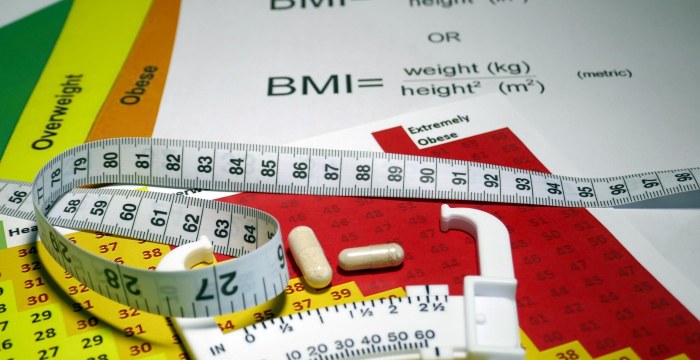Weight loss is the goal of many people, but this is not always the case. Fat loss can be a better alternative to weight loss for some people. The two terms are often used interchangeably, but they differ in key ways. Weight loss is defined as a reduction of fat and muscle mass while fat loss involves an elimination of fat reserves. This means that weight loss involves more than just the number on the scale; it also includes lean muscle and water content (which can fluctuate). At first glance, it may seem as if there is no difference between weight loss and fat loss. But, in reality, this couldn’t be more inaccurate. Weight loss is a result of a small percentage of body weight lost due to muscle mass and bone density. Fat loss is a result of a smaller percentage of fat located all over the body that leaves people feeling lighter and healthier. Although these two terms are vaguely similar, they are not synonymous with one another.
What is Muscle Loss?
The decline in the amount of skeletal muscle mass is termed as muscle loss. Muscle loss is the result of a catabolic state and can lead to significant weight-loss. Muscle loss is observed as a decrease in lean body mass, or an increase in fat storage because of the lack of exercise and skeletal muscle contractions.
Inactivity leads to muscle atrophy. This is the process of losing muscle mass as a result of not using it enough. Inactivity can be caused by a number of factors including illness, aging, and lack of motivation. One consequence of inactivity is that there will be fewer proteins being synthesized which leads to muscles being broken down to generate these proteins.
To prevent muscle loss, it is important to maintain a proper diet with an adequate amount of protein which are rich in amino acids. Amino acids are the building blocks of protein. Additionally, weight lifting and other forms of exercise can help maintain muscle mass.

What is Water Loss?
Water loss in the body is a process by which water is removed from the environment, seeping from kidneys or other organs, eventually to be eliminated as urine. In order to maintain hydration, our bodies need to consume 5-8 glasses of water per day. This differs person to person and the amount of activity one performs. If you are not thirsty dont drink water. This will simply give more work to your kidney. If your body needs water you will automatically feel thirsty. Thats when you need to drink water.

What is Fat Loss?
Fat loss in the body is the process of reducing the total amount of fat stored in an individual’s body. This can be accomplished through various means, including diet and exercise. Body fat is stored in adipocytes (fat cells) which are grouped together in specific areas known as adipose tissue. To lose weight, fat cells must break down fatty acids to produce energy or heat via beta-oxidation.
Benefits of Fat Loss.
Losing fat is an excellent way to improve one’s health and appearance. Losing fat can help people reduce their risk of metabolic diseases. Losing fat does not have to be about restricting the caloric intake or completely eliminating food. The best way to lose weight is by incorporating healthy diet and exercise into one’s lifestyle, which can lead to long-term weight maintenance.
How to Accelerate Fat Loss?
There are a few ways to help speed up fat loss. One is to make sure that you’re eating enough protein. When you don’t eat enough protein, your body starts to break down muscle tissue for energy, which can slow down your metabolism. Eating enough protein can help keep your metabolism going and help you burn more calories.
Another way to speed up fat loss is to exercise regularly. Exercise helps to burn calories and can help to increase your metabolism. When you combine regular exercise with a healthy diet, it can help you to lose weight faster. Exercise also has other benefits, such as improving your mood and reducing stress levels.







